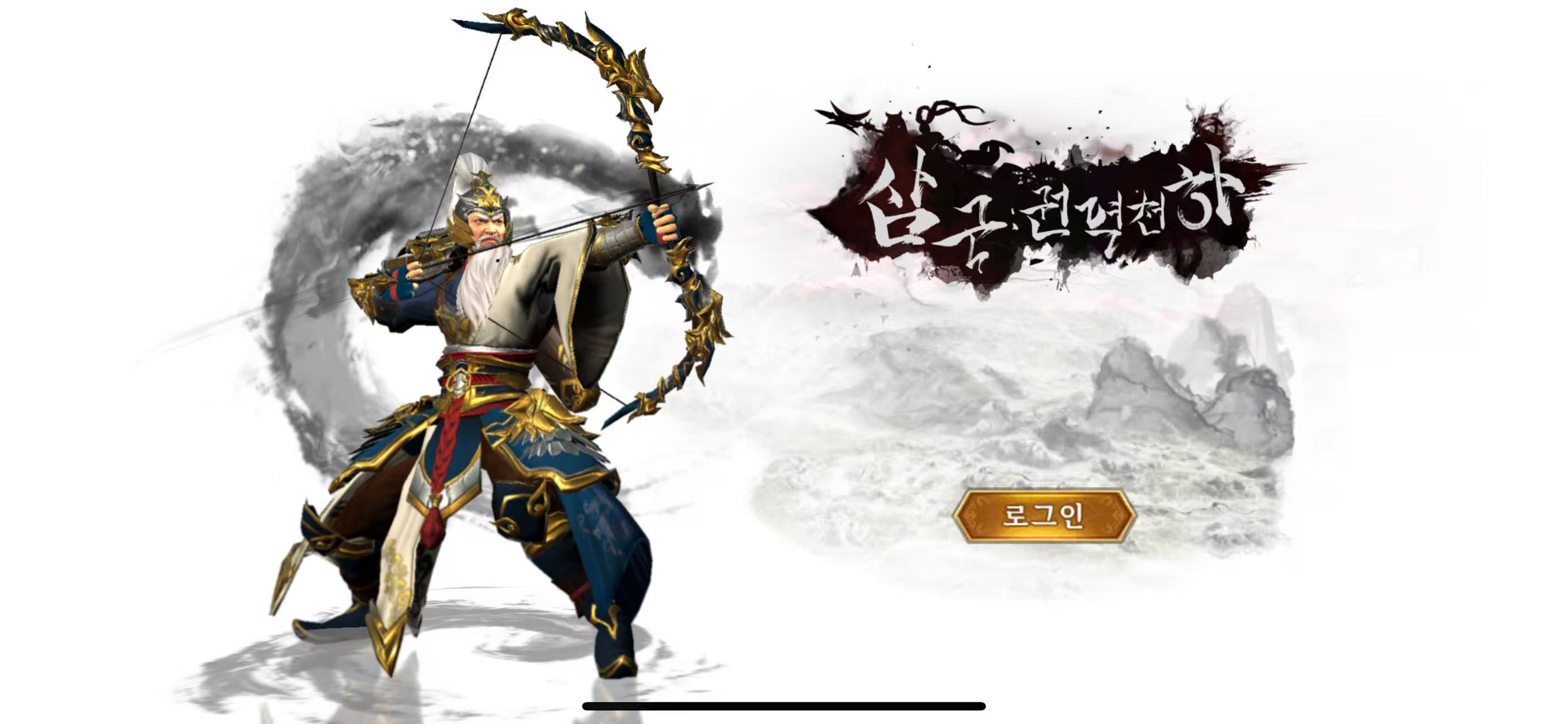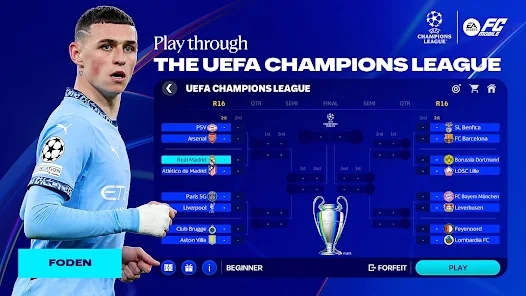Idle Games Are Quietly Dominating 2024’s Mobile Scene
Let’s face it—**idle games** once got the short end of the stick. Critics dismissed them as “button-mashers" or “background noise apps" for players too lazy to *really* play. Fast forward to 2024, and these seemingly simple games aren’t just thriving—they’re redefining mobile engagement. With over 78% of mobile gamers admitting they’ve played an idle title in the past month, it’s time we acknowledge: passive progress has gone prime time.
What changed? Better design. Smarter monetization. And, of course, more dopamine-driven loops than a Vegas slot machine—minus the coins. Let’s unpack why idle is the new in.
From Niche to Norm: The Rise of Passive Progression
- Early 2010s: Clicker games like Cow Clicker were satire—until people started seriously playing them.
- 2018–2021: Incremental mechanics bled into major RPGs and strategy titles.
- 2024: Idle systems aren’t extras—they’re the core experience.
The evolution isn’t just technological. It reflects lifestyle shifts. With shorter attention spans and longer commutes, **mobile games** now compete for seconds, not hours. Idle mechanics offer progress even during disengagement—a feature tailor-made for Uruguayan gamers juggling work, family, and screen time. Montevideo-based app analytics show 61% of daily mobile play involves some form of auto-battle or offline earning. That’s not a trend. That’s behavior.
The Secret Mechanics Behind “Doing Nothing"
It might feel like idling is passive. But developers? They’re working 24/7 crafting reward timing, RNG curves, and unlock intervals. Think variable-ratio reinforcement—a psychology staple. You don’t know when the next big upgrade hits. But you know it could be after one more tap.
| Game | Avg. Idle Time Per Session (hrs) | Daily Revenue Per User (USD) | % Offline Earnings |
|---|---|---|---|
| Dragon Tamer Reborn | 18.4 | $0.09 | 67% |
| MineQuest: Gold Grinder | 36.2 | $0.05 | 74% |
| Crypto Corgis | 5.1 | $0.14 | 42% |
| Farm & Forge | 29.8 | $0.07 |
What’s interesting? Games with higher offline gains don’t always profit more. Crypto Corgis, despite low passive play, leads monetization—hinting at psychological spending triggers over passive retention.
Merge Mechanics & Hyper-Casual Design Trends
Hybridization is the new black. Merge games, often classified as hyper-casual, have adopted **idle games** features. Swipe to combine? Now, do it while your base earns coins for 8 hours while you sleep. Titles like FusePop Zoo saw a 330% user growth after integrating auto-play queues and energy-saving idle modes.
Why it works: Low cognitive load meets continuous advancement. Perfect for players in Salto or Paysandú catching a quick bus ride session. The key? No penalties for absence—just soft, persistent gains.
Animals Rule: The Surprising Power of “Animal Kingdom Puzzle 33600 Pieces"
Yes, you read that right. That specific jigsaw game isn’t *just* a niche product on obscure download sites. In idle circles, it’s a phenomenon. Originally built as an easter egg within Feather Haven: Rebuilt, a puzzle/idle hybrid, the "33600-piece Animal Kingdom" became so popular, it went standalone.
The piece count is fictional—there are actually 5,840 unique tiles—but the name stuck.It's idle not in action, but rhythm. Players return hourly to unlock one piece. It's meditative. Addictive. Slow like molasses in winter. The Uruguayan indie scene is obsessed—several developers cited it as an influence for *Tango Tales: Montevideo Mix* (releasing Q4 2024), where city expansion hinges on slow tile reveals.
RPG Maker Meets Idle Innovation
Remember RPG Maker Pokemon games? Those fan-made titles blending anime creatures with homebrew scripts? Turns out they weren’t just nostalgia. Their underlying logic—slow grinding for powerful pets—is fundamentally idle gameplay.
Modern **mobile games** now replicate that structure legally, using original characters or licensing smart. Consider Legion: Pocket Dimensions—not a Pokemon clone, but clearly inspired by the grind-to-catch philosophy, complete with automated battle modes and sleep training mechanics.
Regional Preferences: Idle Games in Latin Markets Like Uruguay
Idle’s appeal in South America isn’t coincidental. Data suggests:
- Lower smartphone RAM often discourages heavy real-time graphics games.
<- Data plans are limited—idle titles need less streaming.
- Battery preservation is priority #1; minimal interaction extends usage.
- The social layer: players bond over “I left my game on overnight and look what spawned!"
In Uruguay, idle games are second only to puzzle apps in market share for users aged 20–45. Especially popular: fantasy kingdoms with nationalistic themes—think Tiranas Tower where you build a Quechua-esque empire passively through daily blessings.
Monetization Myths Debunked: Do Idle Games Actually Earn?
The stereotype? Low ARP (Average Revenue Per User) means lower total revenue. But here's reality: because player lifespan is 3x longer than in high-churn competitive titles, idle games often outlast flashy launch hits. Plus, IAP timing aligns with player mood: users more likely to pay when relaxed—after seeing rewards stack up unattended.
The Role of Nostalgia in 2024’s Top Idle Titles
Nobody expected retro pixel fonts and MIDI chiptunes to stage a revival in 2024. Yet they’re back—and they’re profitable. Developers noticed early adopters (now in their 30s) respond to visual callbacks. Idle RPG Dungeon Tap increased engagement 41% just by introducing a “90s mode" with grain filters and CRT screen wobble.
Key Point: Nostalgia isn’t about the game. It’s about the era it evokes—the last time players felt uncomplicated joy.User Retention Strategies Beyond Notifications
Over-notifying kills an app. Smart studios now limit alerts to major milestones (“Your gold mine reached tier 10!") and rare drops. Better yet? Some introduce delayed rewards: tap “claim" now and get 20 crystals. Wait 4 hours, get 60. Encourages periodic returns—without annoyance.
RPG Elements in Non-RPGs: Why They’re Winning Users
Even farm sims have skill trees now. Milk & Markets, a popular idle farming game in Uruguay, uses leveling systems, quest logs, and faction allegiances usually seen in full-fledged MMORPGs. Result? Daily session duration grew 50% post-implementation.
It’s not just fun—it gives meaning. A passive cow doesn’t excite. But a cow that can unlock a rare butter gene through “dairy mastery"? That's investment.
Social Idling: Multiplayer Isn't Dead
You’d think “idle" means solo. Not anymore. Clans share buff zones that enhance idle gains. Alliances pool idle production rates to unlock continent-wide events. In Empires of Smoke, top clans can initiate a “Harvest Eclipse"—doubling output across their members for 48 hours.
This turns passive play into shared identity. In Uruguay, some WhatsApp groups are dedicated solely to co-timing offline boosts for mutual gain.
Offline Progress and Real-World Impact
The most underestimated aspect? Mental health. Idle games aren’t escapes from reality. Often, they help *manage* it. Users dealing with anxiety or chronic illness use these games as progress anchors—a place where time passes productively regardless of your capacity.
Researchers at Universidad de la República observed 39 patients using idle games during recovery. All reported higher motivation; 71% noted “fewer feelings of stagnation." This subtle empowerment—doing something even while resting—is a quiet revolution in digital wellness.
What's Next? AI and Personalized Idle Loops
We’re now seeing AI adjust idle rates based on play style. Late-night players get higher drop chances on dark-mode quests. Weekend warriors see seasonal content pop during downtime. It's predictive idling. Personalized reward timing. And in 2024 trials, increased daily actives by 28% compared to static systems.
Also: procedural storylines that unfold during inactivity. Missed gameplay? The AI-generated narrative advances, revealing drama—betrayal, natural disasters, or a sudden royal wedding—in logs you read next login.
Potential Pitfalls and Ethical Design
No critique would be honest without acknowledging the risks. Some games blur idle with gambling mechanics—mystery boxes timed perfectly with player fatigue, increasing impulsive buys. The ANLTV (Uruguay’s telecom and tech board) is monitoring these patterns closely.
Designers now debate whether endless progression respects users—or exploits behavioral vulnerabilities. The consensus? Balance. Let players grow, rest, step away—without fear of total loss.
Looking Ahead: Can Idle Games Stay Innovative?
Innovation in idling isn't about more taps. It’s about better meaning. Smarter pauses. Real narrative weight behind that "you’ve gained 1,342 coins while offline" pop-up.
Coming down the pipe: AR idle walks (like Pokémon Go, but auto-progressed), cross-device idling sync (phone to tablet to browser), and even blockchain-based “true ownership" of idle assets. Skeptical? Sure. But 10 years ago, people thought tapping a dragon was silly too.
Final Thought: Why Idle Wins the Long Game
We’re exhausted. Life moves fast. We multitask, overschedule, overserve. **Idle games** give permission to *pause*. To earn progress without panic. Not because you’re not trying—but because the system believes in your worth even when you're offline.
In Uruguay, where life values connection, balance, and quiet joy, it’s no surprise these games found a loyal home.
Conclusion: The rise of **idle games** in 2024 isn’t a glitch. It’s a correction. These titles—once dismissed as trivial—tap into deeper human needs: patience, delayed reward, and silent achievement. Fueled by innovations from retro-inspired design to AR integration, **mobile games** today blend effort with ease, automation with emotion. Whether you're chasing that 33600-piece animal puzzle or crafting your dream team with elements drawn from **rpg maker pokemon games**, the landscape has shifted. Passive isn’t passive anymore. It’s patient. Persistent. Powerful. In the digital era, sometimes doing less means gaining more—not just in game, but in mind. For Uruguayan users and beyond, the revolution isn’t loud. It’s quiet. And it’s here to stay.



